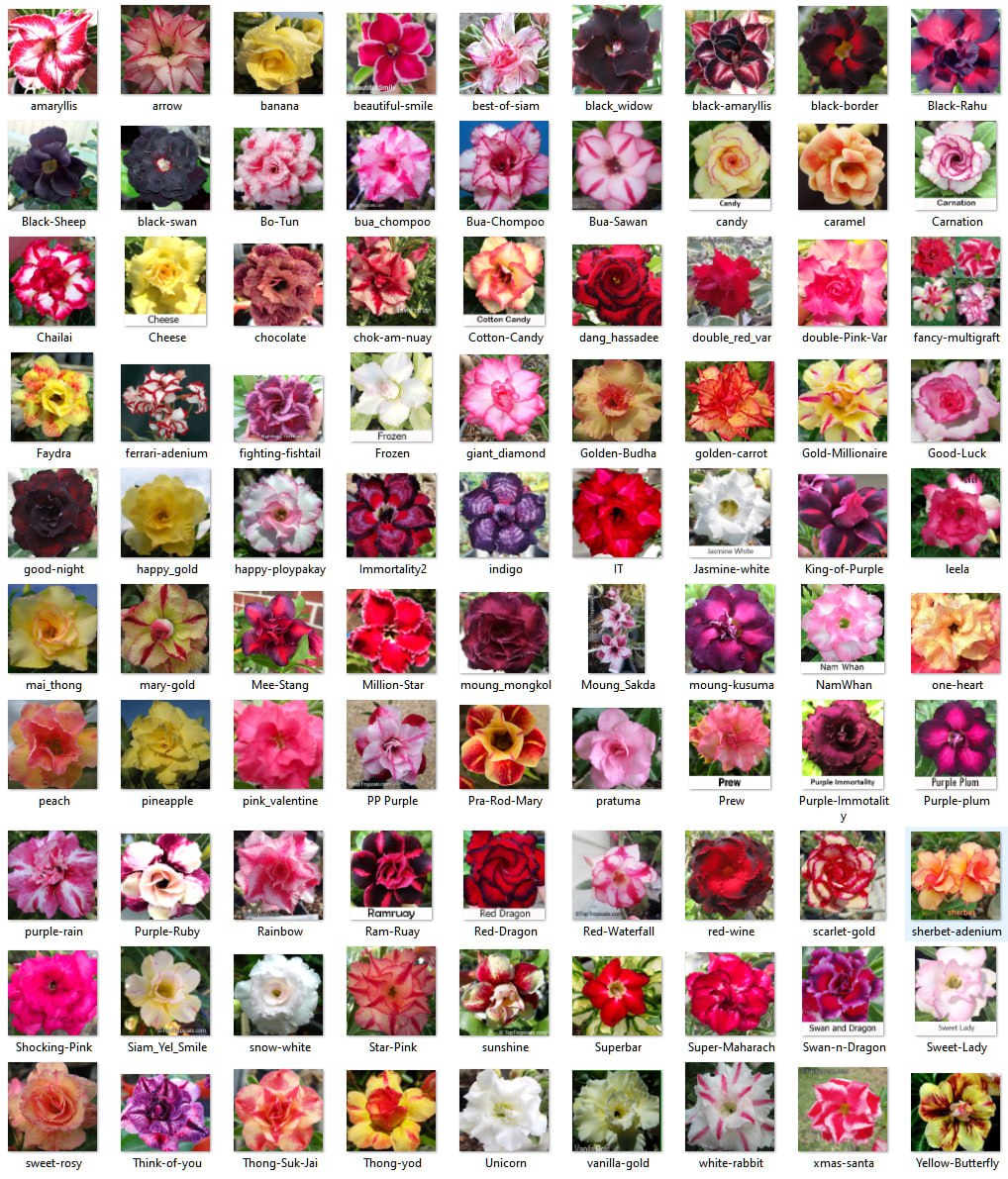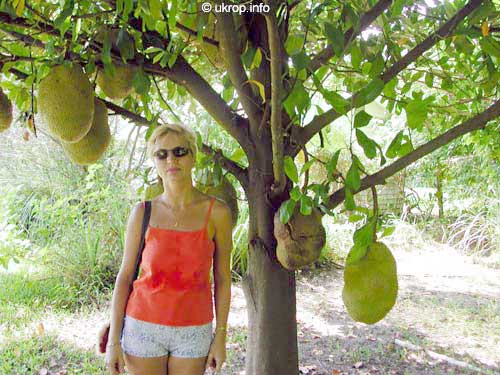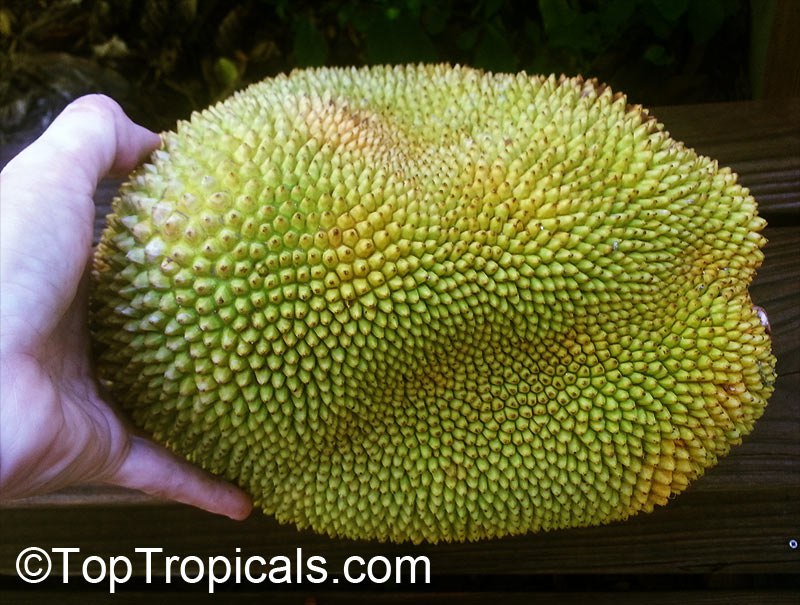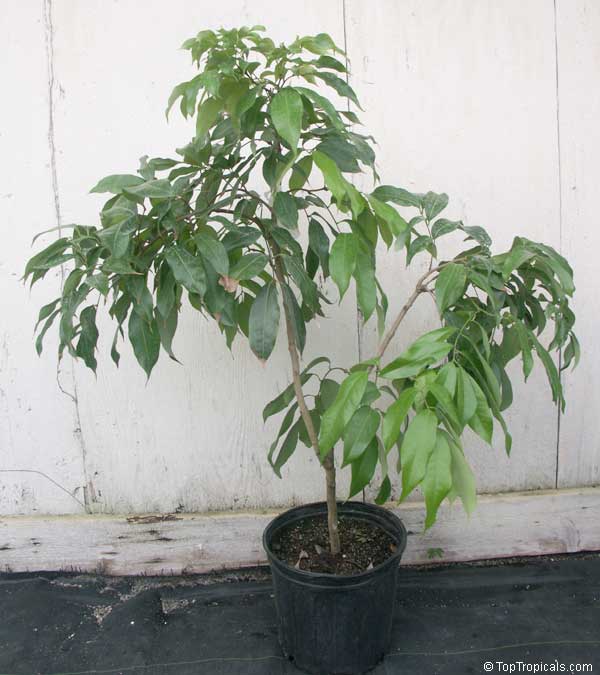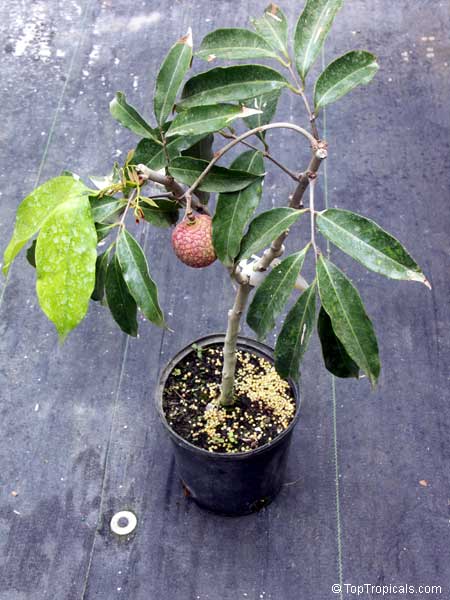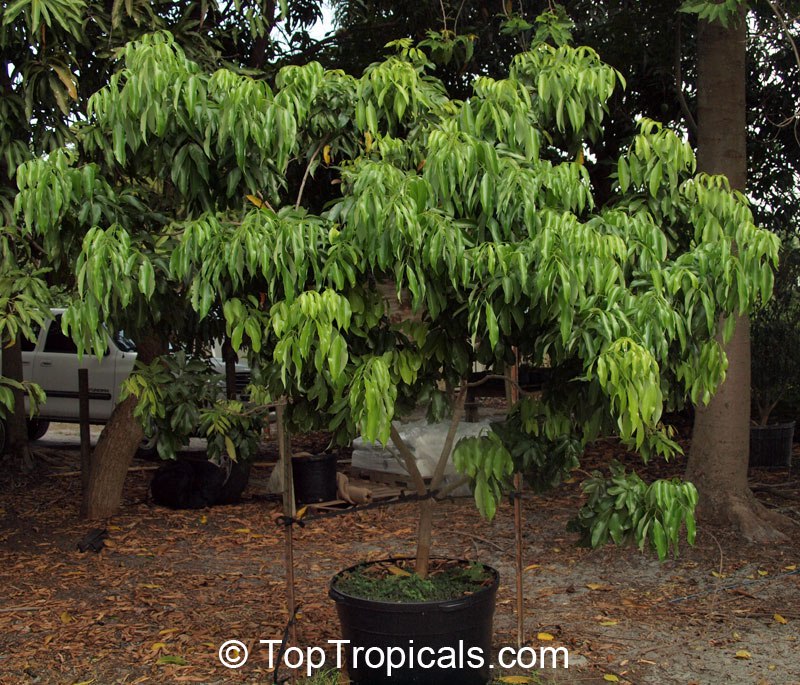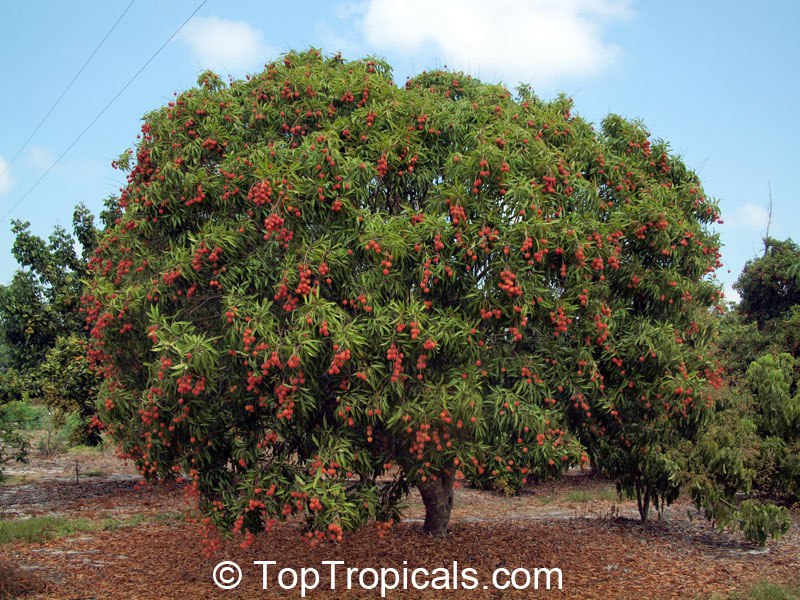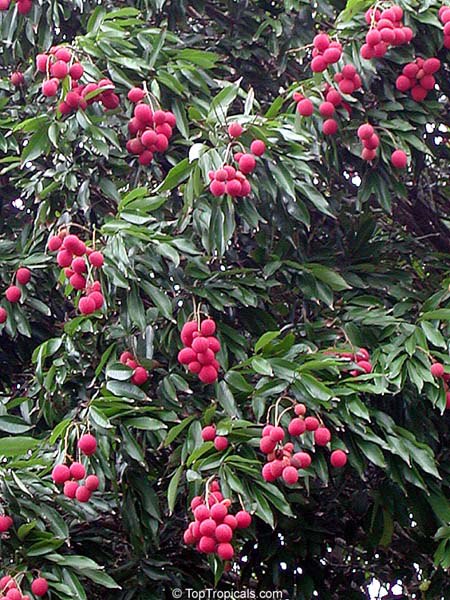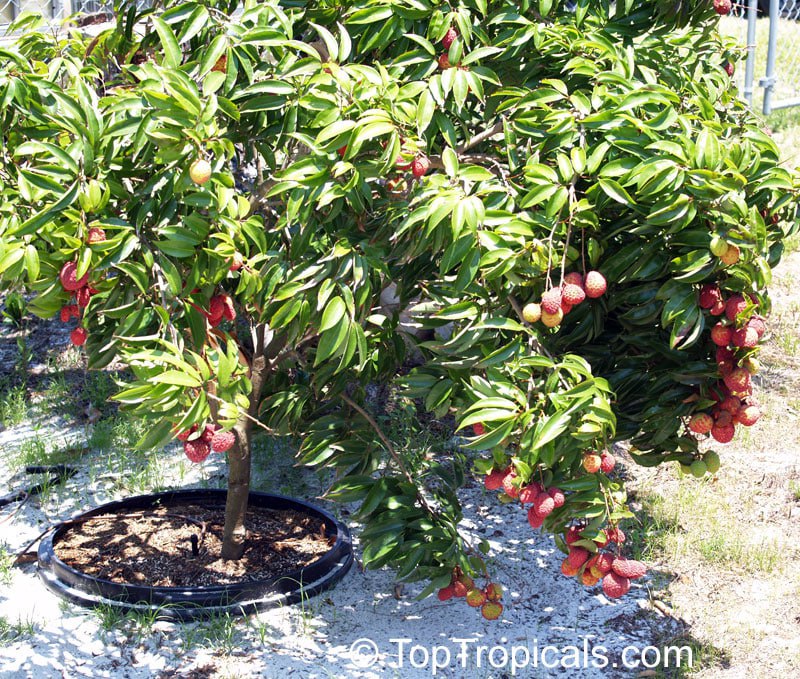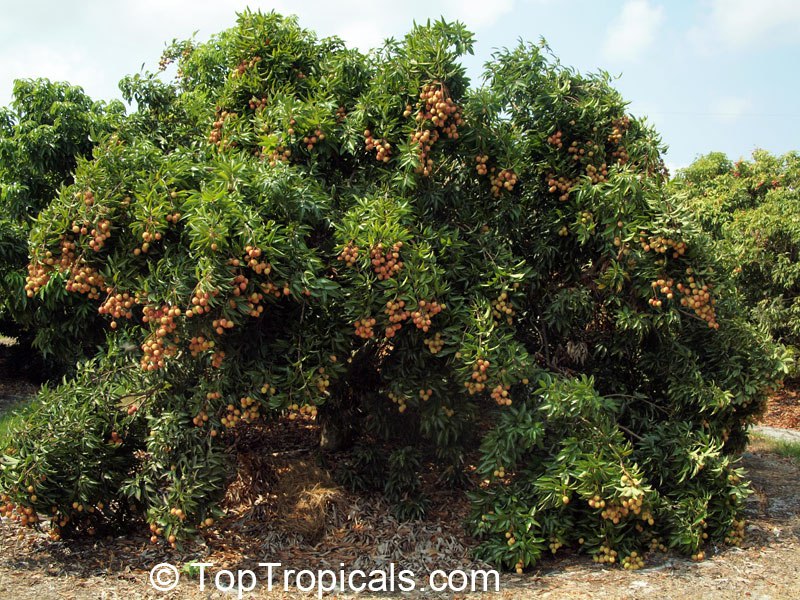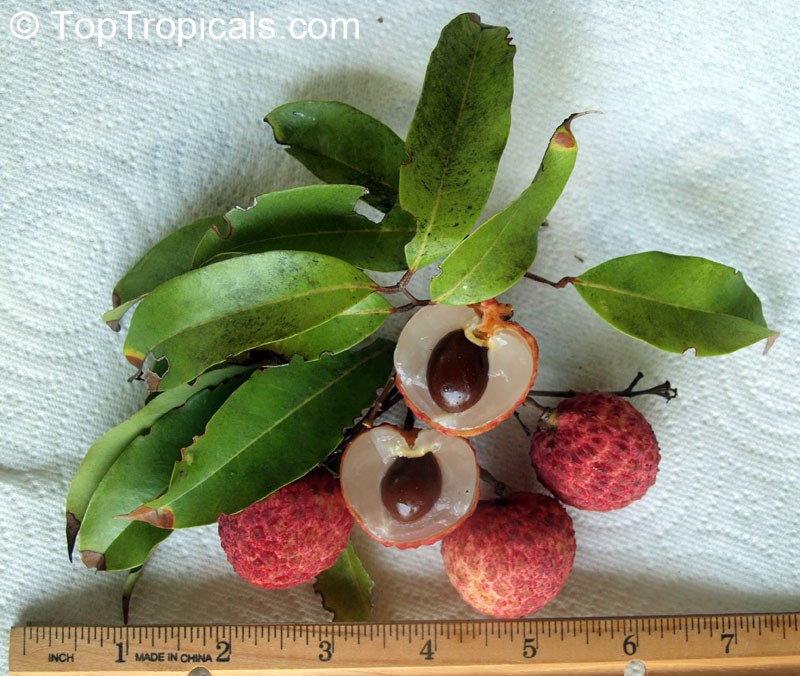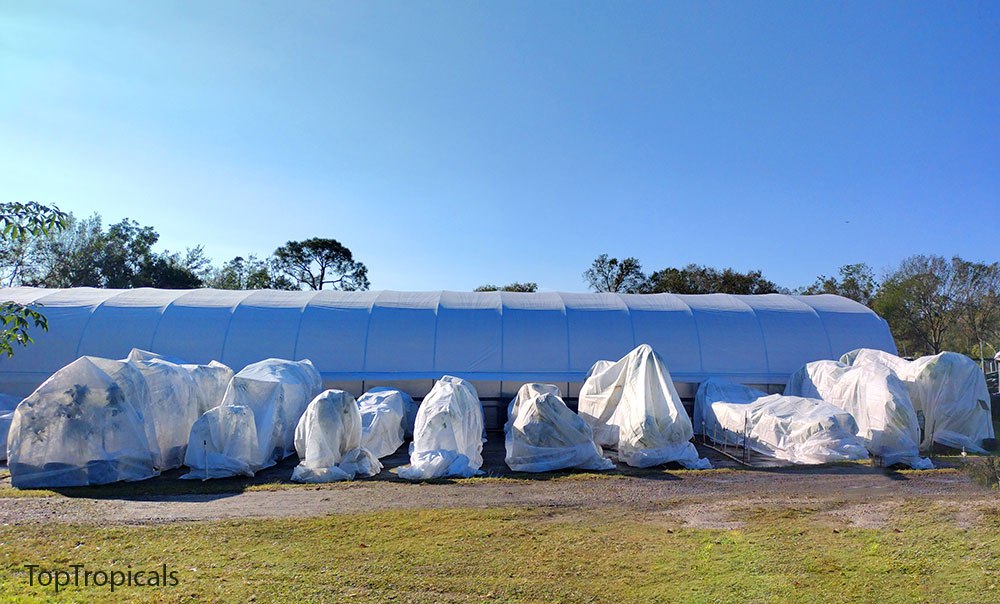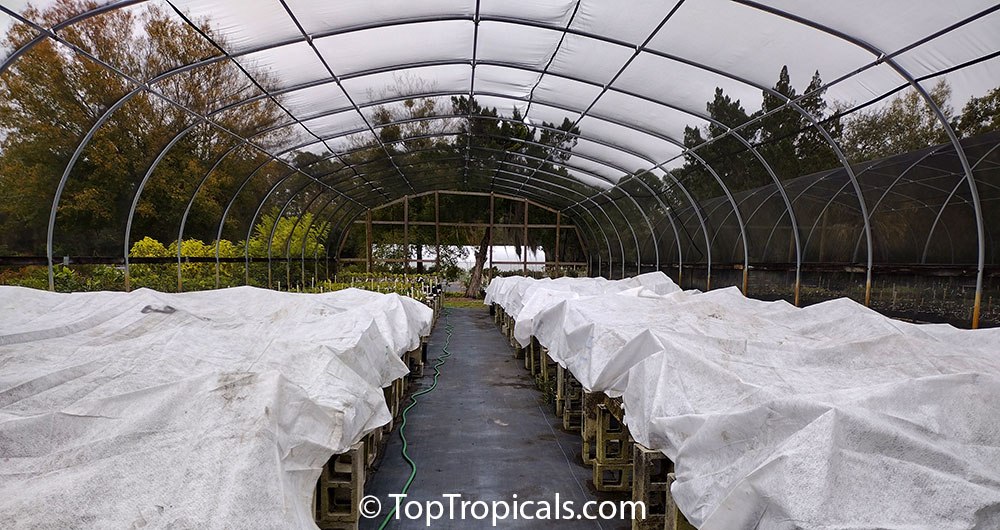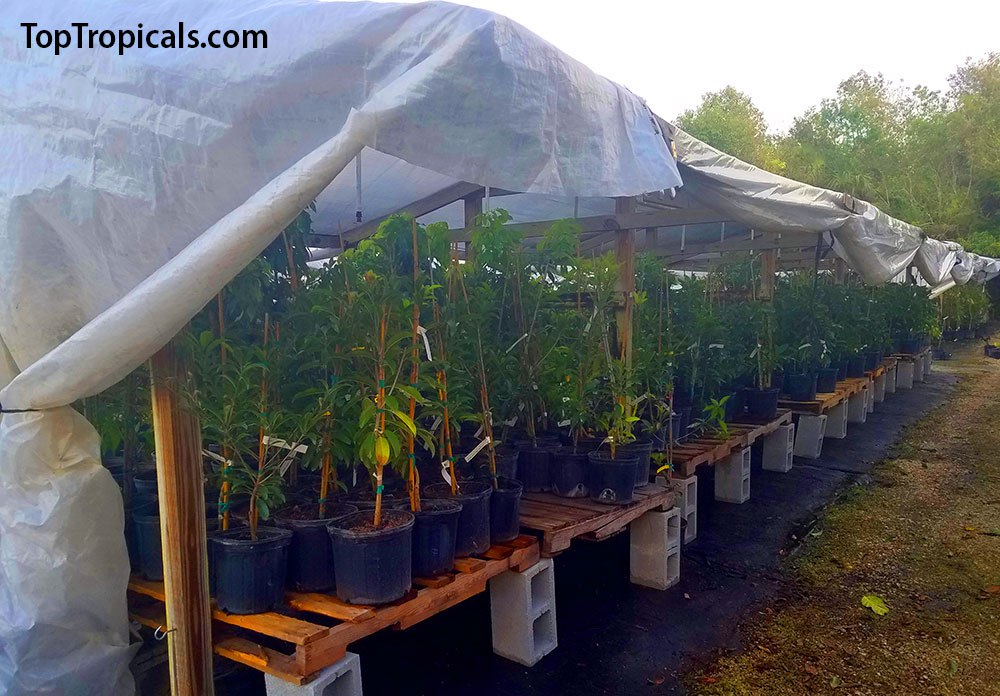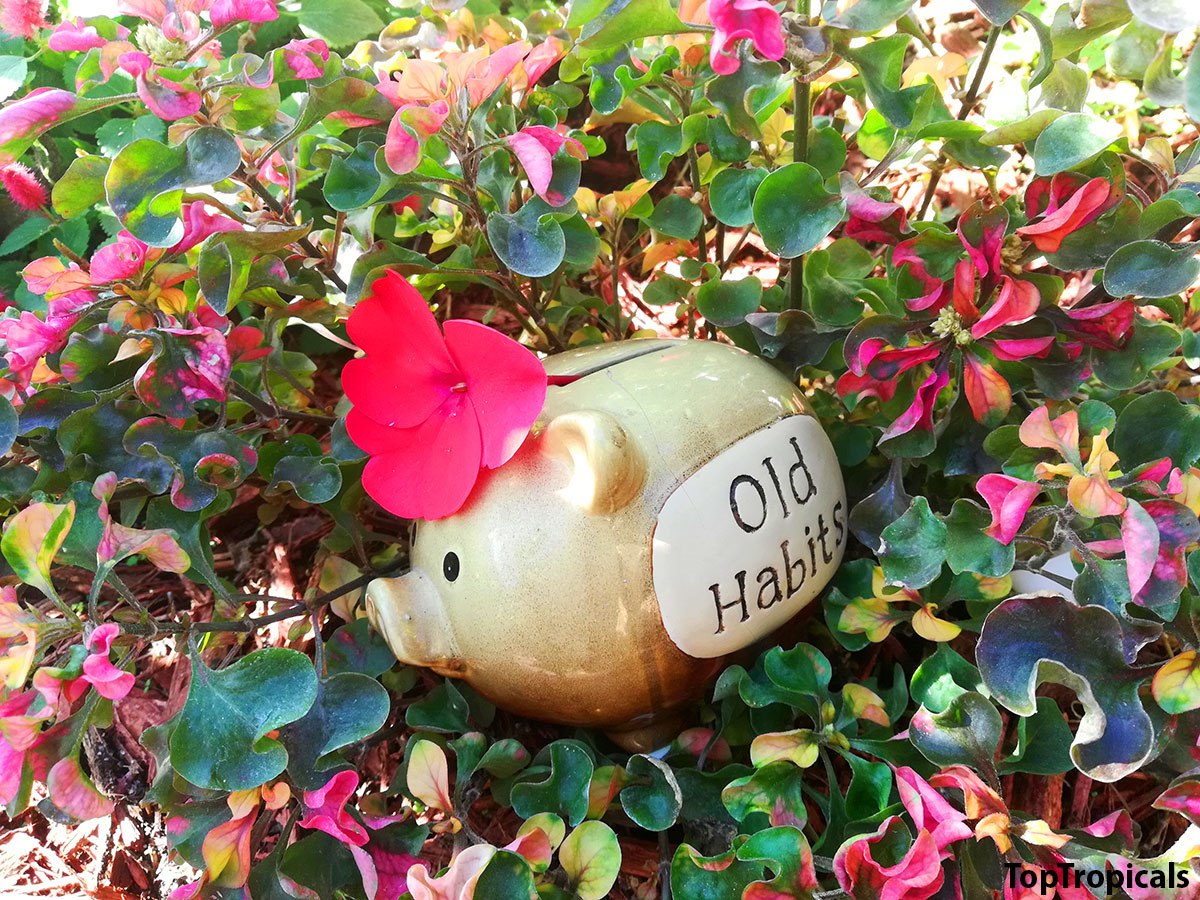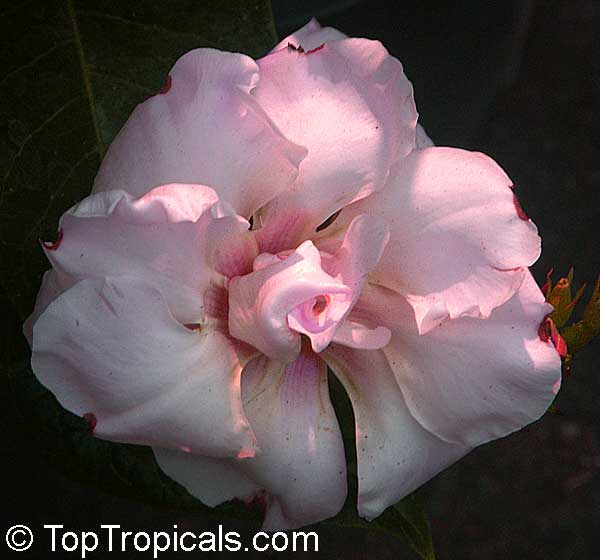
Mandevilla amabilis
Thai Rose
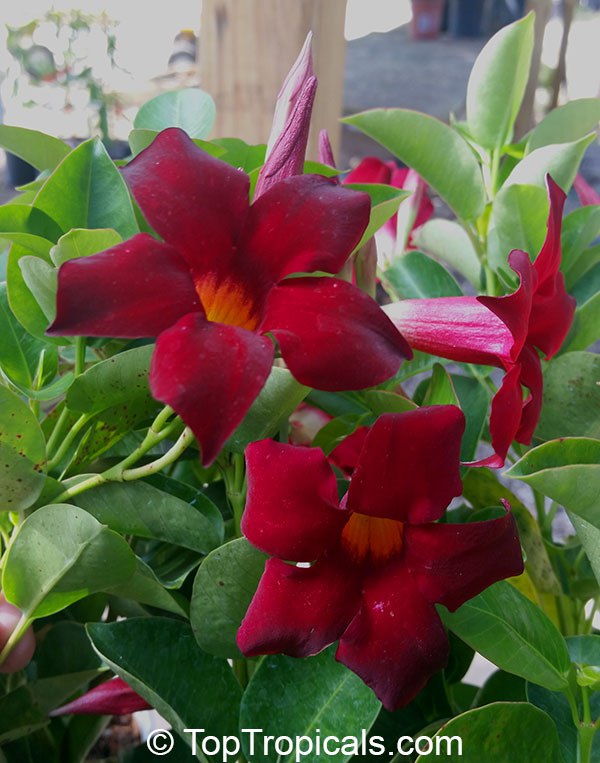
Mandevilla Sun Parasol Crimson
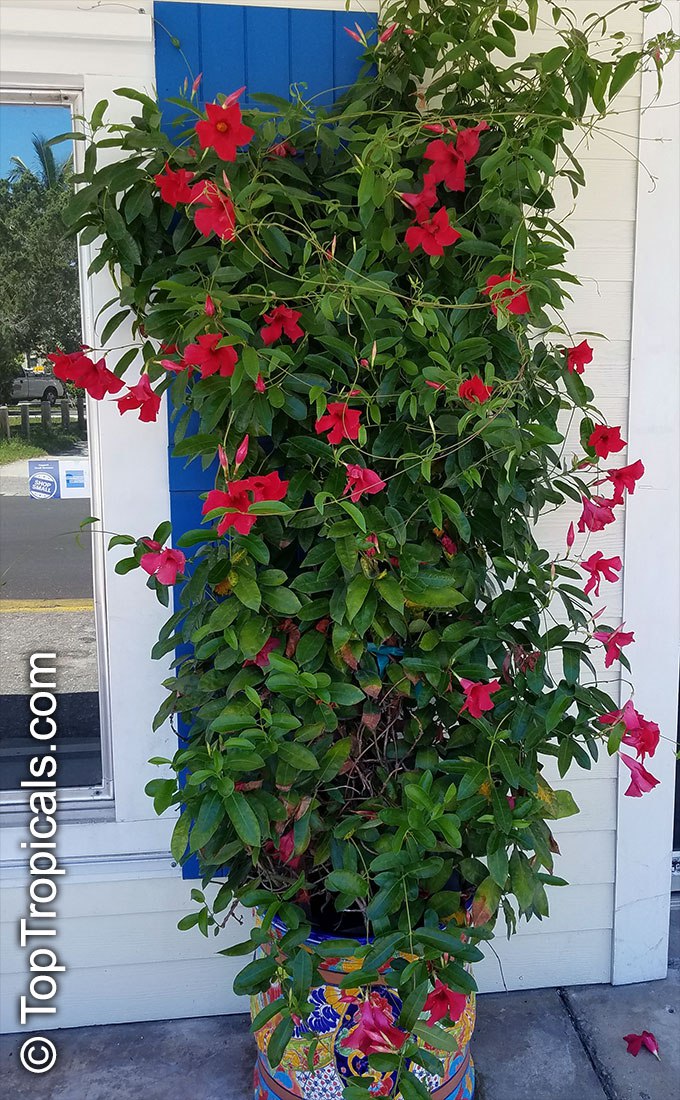
Mandevilla Sun Parasol Crimson on a trellis
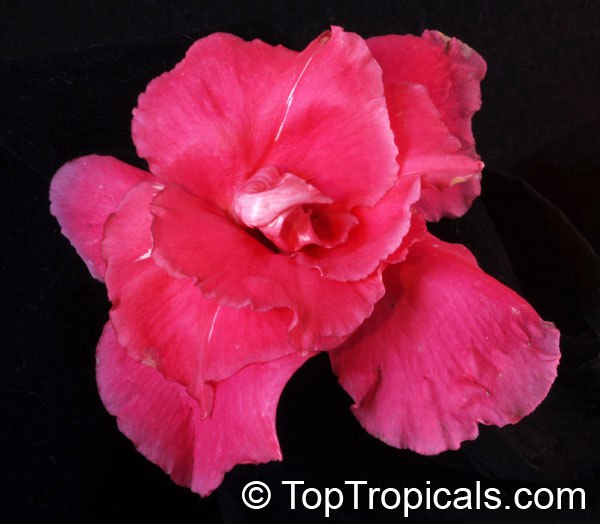
Mandevilla amabilis
Thai Rose
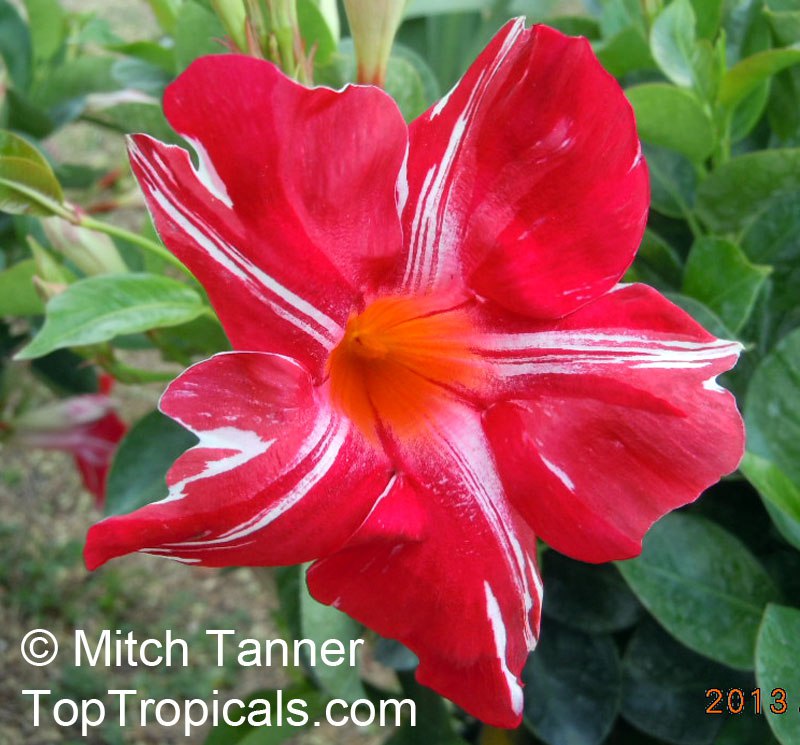
Mandevilla Stars and Stripes
🌺
How to grow Mandevilla: Practical Guide to Growing Mandevilla Vine
-
- 🌺 Mandevilla is a tropical vine known for its vibrant, trumpet-shaped flowers that bloom throughout the warm months. This fast-growing climber thrives in warm climates and adds a stunning display of color to gardens and patios.
-
- 🌺 Difference Between Mandevilla and Dipladenia
The names Mandevilla and Dipladenia are often used interchangeably, creating confusion. While they are closely related, there are key differences. Mandevilla is a vigorous woody vine with large, stiff leaves, ideal for trellises and fences. Dipladenia, on the other hand, has a more compact growth habit with smaller, smooth leaves. Dipladenia can be also trained on a trellis but also thrives in hanging baskets or as a compact specimen plant. As a bushier type of Mandevilla, its smaller, more compact varieties are excellent for mixed containers.
-
- 🌺 Growing in the Ground
💋
Soil. Mandevilla prefers well-draining soil enriched with organic matter. A mix of garden soil, compost, and sand ensures good drainage and fertility. Both Mandevilla and Dipladenia require acidic soil. If your native soil contains limestone, consider growing them in containers with a peat-based potting mix to maintain a lower pH.
-
💋Light. Plant in a location with full sun to partial shade; at least 6 hours of direct sunlight promotes the best blooms.
Water Mandevilla regularly, keeping the soil moist but not soggy. During hot months, water deeply a few times a week. Reduce watering in cooler seasons.
- 💋Feeding and Encouraging More Blooms: Feed Mandevilla with Sunshine Boosters Megaflor with every watering to encourage more blooms. Prune lightly after flowering to promote new growth and continuous flowering.
- 🌺 Most Interesting Varieties
Mandevilla flowers come in a wide range of colors, including shades of red, mauve, pink, white, and even yellow. For vibrant color and impact, consider these varieties:
💋Mandevilla ‘Alice du Pont’ – A classic pink variety with large flowers and vigorous growth.
-
💋Mandevilla ‘Sun Parasol’ Series – Offers compact plants in deep red, pink, or white, great for containers or small spaces.
-
💋Mandevilla ‘Crimson Red’ – Deep red blooms stand out against glossy green foliage.
-
💋Dipladenia ‘Stars and Stripes’ - features striking red-and-white striped blooms.
In Florida, Sun Parasol and Alice du Pont perform exceptionally well, thriving in the heat and humidity while providing season-long blooms.
- 🌺 Pests and Problems
Mandevilla is relatively pest-resistant but can attract aphids, spider mites, and whiteflies. To manage pests:
💋Spray with a neem oil solution weekly if pests are present.
-
💋Encourage beneficial insects like ladybugs to control aphids naturally.
-
💋Remove affected leaves and rinse plants with a strong stream of water.
-
💋Watch for fungal diseases in humid climates; ensure good air circulation and avoid overhead watering.
🌺
Growing Mandevilla in Pots and Winter Care
Mandevilla grows beautifully in containers, making it a great option for cooler climates where it can be brought indoors for winter.
· Use a well-draining potting mix with added perlite for aeration.
- · Choose a pot at least 12-16 inches in diameter, with several drainage holes, for vigorous growth.
- · Water when the top inch of soil feels dry, avoiding waterlogged conditions.
💋Winter Care:
- · In regions with frost, move potted Mandevilla indoors to a bright, cool location (50-60°F).
- · Reduce watering and stop fertilizing during cooler season.
- · Prune lightly before bringing indoors to maintain shape and size.
- · Repotting: Repot every 2-3 years in early spring before active growth begins, refreshing the soil and upgrading to a slightly larger container if needed.
With the right care, Mandevilla provides stunning, long-lasting blooms and thrives in gardens or pots, making it a versatile and rewarding addition to any space.
📚
Learn more from previous post:
How to overwinter Mandevilla indoors
🛒
Shop flowering vines
#How_to #Container_Garden #Hedges_with_benefits
🔴
Join 👉 TopTropicals